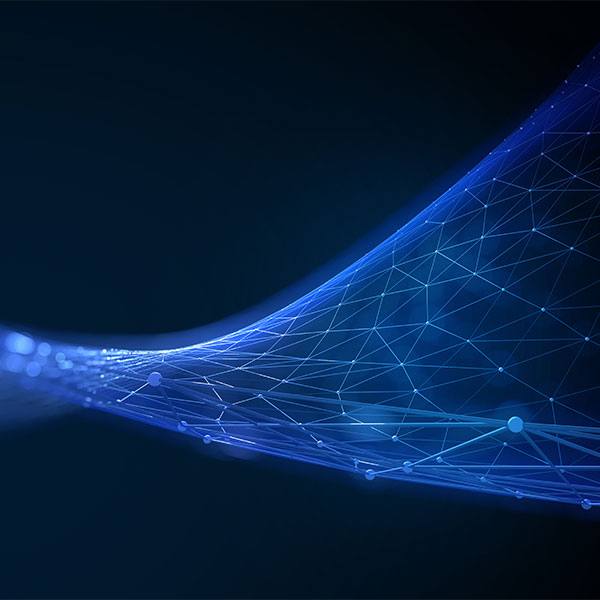-
Science Saturday: 3 things to consider before preserving your stem cells

The proliferating stem cell banking industry is built on a riveting concept: Preserve stem cells while they're most potent until they are needed later in life to potentially fight disease.
What started out as a market for banking stem cells from a baby's umbilical cord blood and tissue is mushrooming into an industry that now includes the preservation of adult stem cells. Those mature stem cells could one day be used in future regenerative medicine therapies. That opens a new chapter of ethical, legal and social implications that Mayo Clinic researchers explore in a paper published in NPJ Regenerative Medicine.

"Within the next five years, economic reports estimate that the adult stem cell banking market will grow to over $13 billion dollars in the U.S.," says Zubin Master, Ph.D., a bioethicist for Mayo Clinic's Center for Regenerative Medicine and lead author on the study. "With this new industry come ethical considerations that should be considered in order to promote the responsible translation of regenerative medicine."
Regenerative medicine is an emerging area of practice that is treating disease by replacing or repairing diseased cells, tissues and organs. The Center for Regenerative Medicine sponsored this ethical analysis as part of its objective of bringing validated regenerative procedures to daily clinical care.
Cord blood is rich in newborn hematopoietic cells capable of multiplying and differentiating into almost any type of cell or tissue in the body. These cells form the bedrock of the immune system and have the potential for healing. Stem cells from cord blood and tissue are approved for use in more than 70 diseases, ranging from blood cancers to metabolic conditions and immune system disorders.
Why stem cell banking?
Based on the success of cord blood banking, private companies, hospitals and academic centers are exploring the preservation of adult stem cells, such as mesenchymal stem cells or induced pluripotent stem cells. Mesenchymal cells are derived from sources such as fat tissue or bone marrow and have been used in research for conditions like spinal cord injury. Induced pluripotent stem cells are adult cells that are reprogrammed to an unspecialized state and can be used to make various cell types to treat disease. At present, these sources of stem cells are used only in research or experimental treatments.
A Mayo Clinic work group of physicians, bioethicists, scientists and administrators analyzed the ethical and social issues around biopreservation. Researchers from this work group offer three key considerations for the public interested in preserving stem cells and for companies wanting to create a stem cell preservation bank:
1. Biopreservation is not "bioinsurance."
Organizations that invest in stem cell preservation may do so with the expectation that there will be uses for adult stem cells that are approved by the Food and Drug Administration. People who bank these cells may think of it as insurance against fighting disease and that they could withdraw their samples for use in regenerative therapies.
However, the Mayo team advises that biopreservation of adult stem cells should not be considered "bioinsurance."
A key consideration for hosting organizations and stem cell donors is whether the biopreservation service is a public, private or hybrid organization. A public bank can be low-cost or even free to store cells. However, the donor may have to give up ownership of cells to the hosting organization. Anyone who needs a stem cell transplant could have access to the publicly banked cells. As a result, the samples may not be available if and when the donor needs them.
"There is much research that needs to be done using these stem cells, and there is no guarantee today that they will be used to fight disease as a bonafide treatment. Those interested in creating a biopreservation service for clients need to ensure that their advertising reflects the current reality," says Dr. Master.
2. Understand the difference between public and private biobanks.
Private storage gives donors more control over their samples, but there's a trade-off. Upfront fees and hosting costs can be pricey. The Mayo team considered the trust level consumers place in the various business models of biobanks used in research. For instance, would consumers have a higher trust in stem cell banks affiliated with academic medical centers?
"Would the public perception be that biopreservation run by a medical center is more highly trusted given their mandate is to help their surrounding community? Or perhaps it might raise skepticism about the medical center that they are in it for the profit motives rather than public good," says Dr. Master. "This 'commercialization effect' could possibly be offset by the organization donating proceeds to laudable causes like research or public education."
3. Ensure clear governance on ownership and use.
To avoid future legal and ethical issues, organizations should consider developing clear policies in all stem cell preservation banks. Clients should understand all aspects of the biopreservation process during informed consent, including all collection and storage policies, as well as risks of preserving cells over time. The policies should clearly spell out who owns the biospecimen and who decides how the cells can be used. Notably, there should be guidelines for when and how cells can be disposed of.
"Who controls the disposition of samples is important because what happens if a client passes away and a sibling wants to use them, but this was never documented? Among the other ethical considerations, policies should also outline how to handle late or nonpayment of storage fees, as that could affect what happens to the samples," says Dr. Master.
Stem cell banking is evolving along with the regenerative science of creating therapies. This will undoubtedly raise new ethical, legal and social issues to address.

"Responsible translation of innovative technology has enabled new care pathways adopted prudently for select serious disease," says Andre Terzic, M.D., Ph.D., director of Mayo Clinic's Center for Regenerative Medicine and co-author on the study. "Driven by regenerative and regulatory sciences, next generation solutions — including both stem cells and no cell-options — are expanding the therapeutic horizon, a consideration when making a decision regarding donations to stem cell banks."
The Mayo Clinic researchers advise that further research is needed to better understand the value, needs and desires of those interested in stem cell preservation. This knowledge may be important to establishing utility and credibility of stem cell preservation banks.
Dr. Terzic is the Michael S. and Mary Sue Shannon Director, Mayo Clinic Center for Regenerative Medicine, and Marriott Family Professor in Cardiovascular Diseases Research.
###







